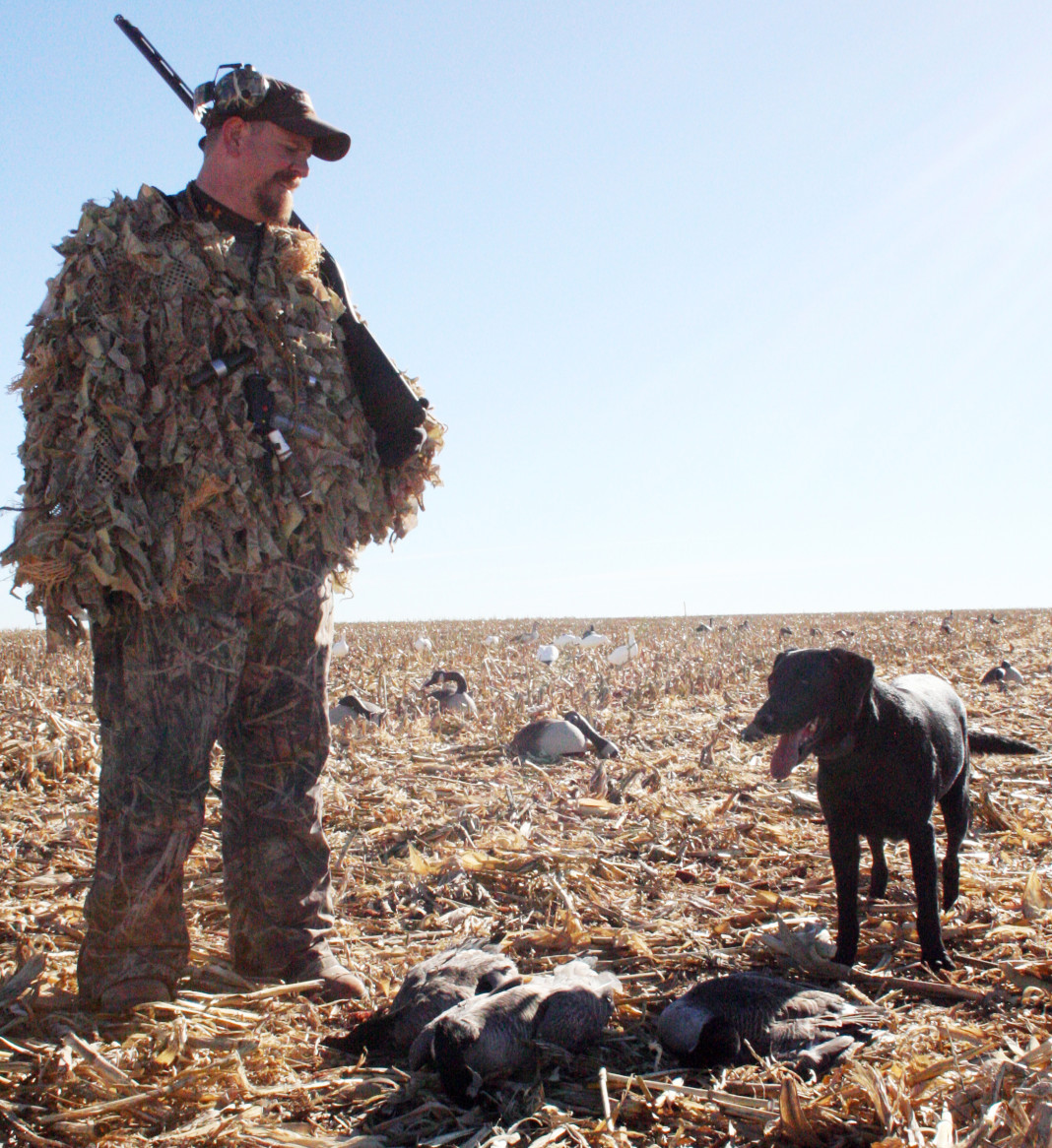If you haven’t already had an opportunity to spend a chilly morning in search of waterfowl, there’s still time, but you must act quickly during this Texas hunting season.
By now ducks and geese have migrated in and out of various areas, encountering a variety of decoy setups and hearing an even greater number of calls. While the hunting may be tougher – some guides and outfitters don’t even hunt the late conservation order goose framework with liberal limits and tactics that begins after the regular season – there still are chances to fill a duck or goose strap.
With that in mind, here’s a regional look at waterfowl prospects through the end of the month.
Panhandle
The top of Texas typically is the winter home to more than half a million lesser Canadas, in addition to a good number of snow, Ross’s and speckle-bellied geese.
Goose hunting in the Panhandle most often is done in new growth winter wheat or harvested crop fields. Most of the best hunting traditionally has been on irrigated croplands north and west of Amarillo in areas near Dumas, Hereford and Dalhart. However, in recent seasons geese have spread into the eastern Panhandle and down into the Rolling Plains. Hunting a stand of crops near any kind of water source – especially the constant levels of manmade ones – is almost always one of the best ways to find good numbers of birds.
Here, more than almost any other place in Texas, hunting pressure is a major factor later in the season. A few hunting guides I’ve tagged along with and most others believe that the key is switching things up with your decoy spread and moving often to wherever the birds are – if you have access. It especially is vital when more snows than Canadas are flying around, and it doesn’t take long for the wary birds to figure out where and when not to show up.
Rolling Plains
Canadas often will migrate into this area and find it to their liking, keeping them from going farther south. The majority of the light geese, which aren’t seen in the same kinds of numbers as in other locales, will be Ross’s geese rather than snows.
Just like in the Panhandle, any kind of water is a sure bet. Hunting the Rolling Plains, especially hot spots to the south such as Shackelford, Haskell and Knox counties, is easier in the early season, but the numbers of geese aren’t as high before they migrate in later in the year. As in other places, the birds will be much more wary and tougher to call into effective shooting range.
Some guides may choose to let the first flock of geese by and land in a decoy spread to add realism to the setup, which may not be as large as in earlier months because the geese may have become more scattered in their search for food, and then shoot at successive flocks that come in.
There has been a shift in this region of the state as more geese are changing their winter patterns, and areas such as the plains west and south of Abilene are beginning to harbor more birds. As with other regions, it all comes down to what food sources are available, and this time of year crop remnants should be the first places to target if you have access.
North Texas/East Texas
These portions of the state may not hold the same notoriety as other Big Country hot spots but they attract and hold impressive numbers of waterfowl, especially as birds increase their range in search of food and water. There is no shortage of lakes, ponds and stock tanks, which could make this a banner year for many hunters in these regions, especially as conditions have remained mostly dry.
This is wood duck and canvasback country more than anyplace else in the state, and the regions also boast impressive numbers of other dabbling ducks. Sloughs, timber ponds and shallow coves on reservoirs typically hold the highest densities of ducks, including gadwalls and some teal later in the season.
Among the state’s wildlife management areas that offer waterfowl hunting in North Texas are Ray Roberts, Cooper, Tawakoni and Pay Mayse, and Caddo in East Texas. Those areas also each offer teal hunting opportunities during the season.
Coastal Prairies/Marshes
There was a time when the majority of goose hunting in the state was done in the strip of coastal marshes and rice fields from Louisiana to Matagorda County. This area harbors loads of forage sources which typically drew and kept most of the geese that wintered in Texas.
While there still are geese in this part of the world, they’ve expanded their range as far south past Corpus Christi and as far north as Brenham. The region is famous for holding massive numbers of snow geese, numbering up to or more than a million in previous years, and good numbers of specklebellies numbering up to half a million. The region also will hold about 100,000 or more Canadas.
Bay hunters typically enjoy steady success from Port O’Connor down to Rockport, with good shoots also reported in Baffin Bay and into the Lower Laguna Madre for sought-after ducks including redheads and pintails. Green fields in the Wharton, Eagle Lake and El Campo areas also typically have drawn in flocks of birds for years.




















